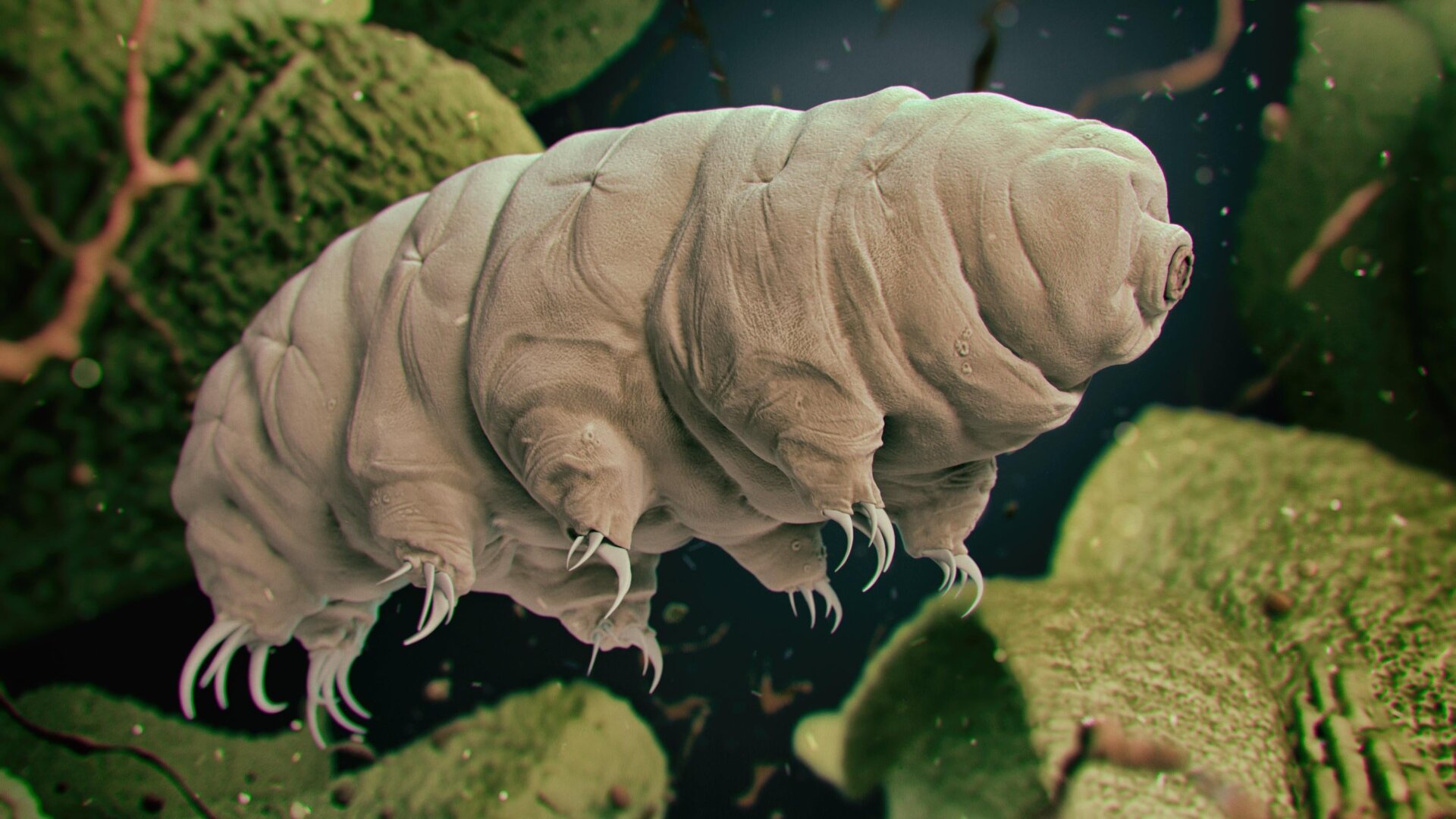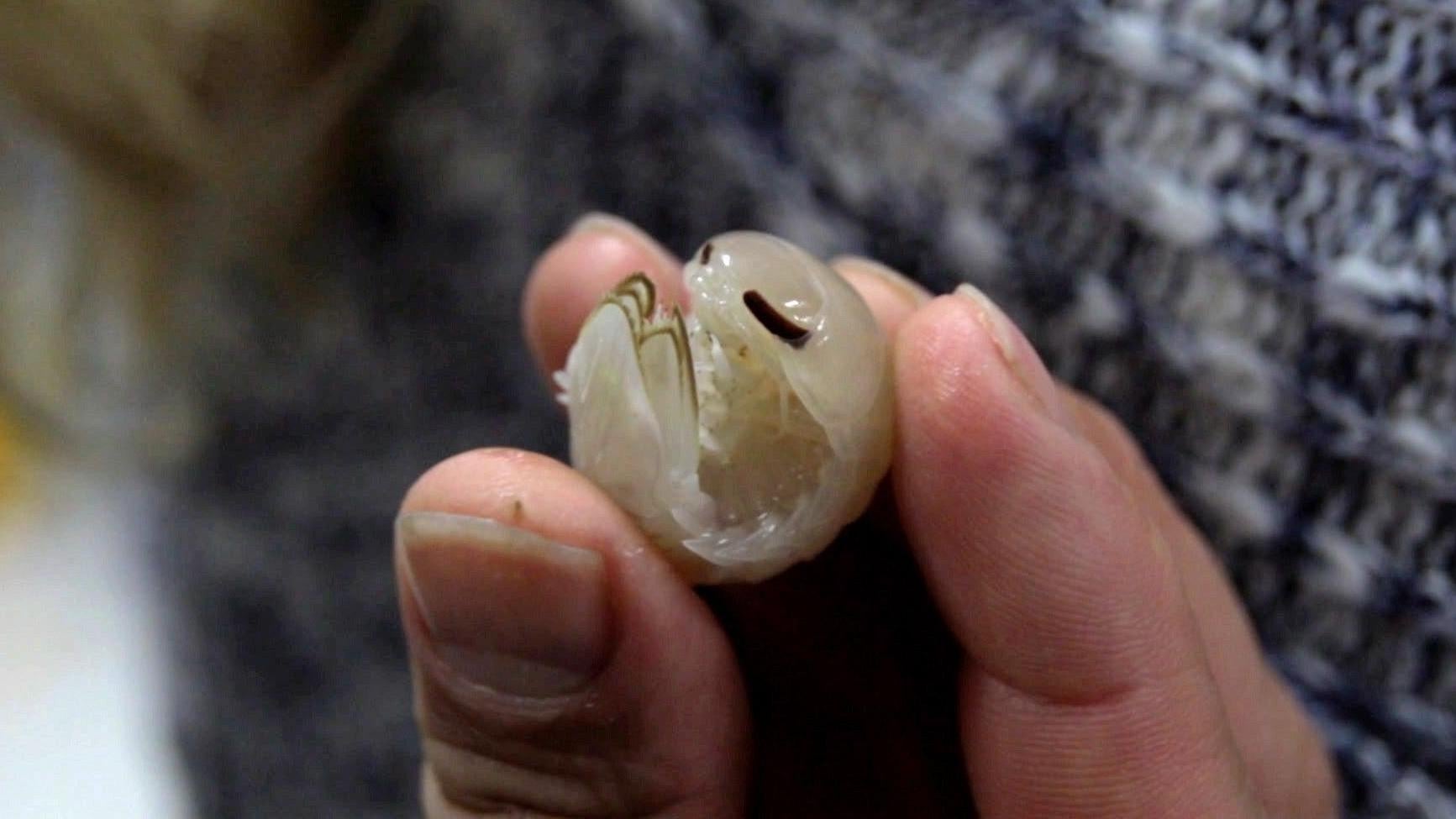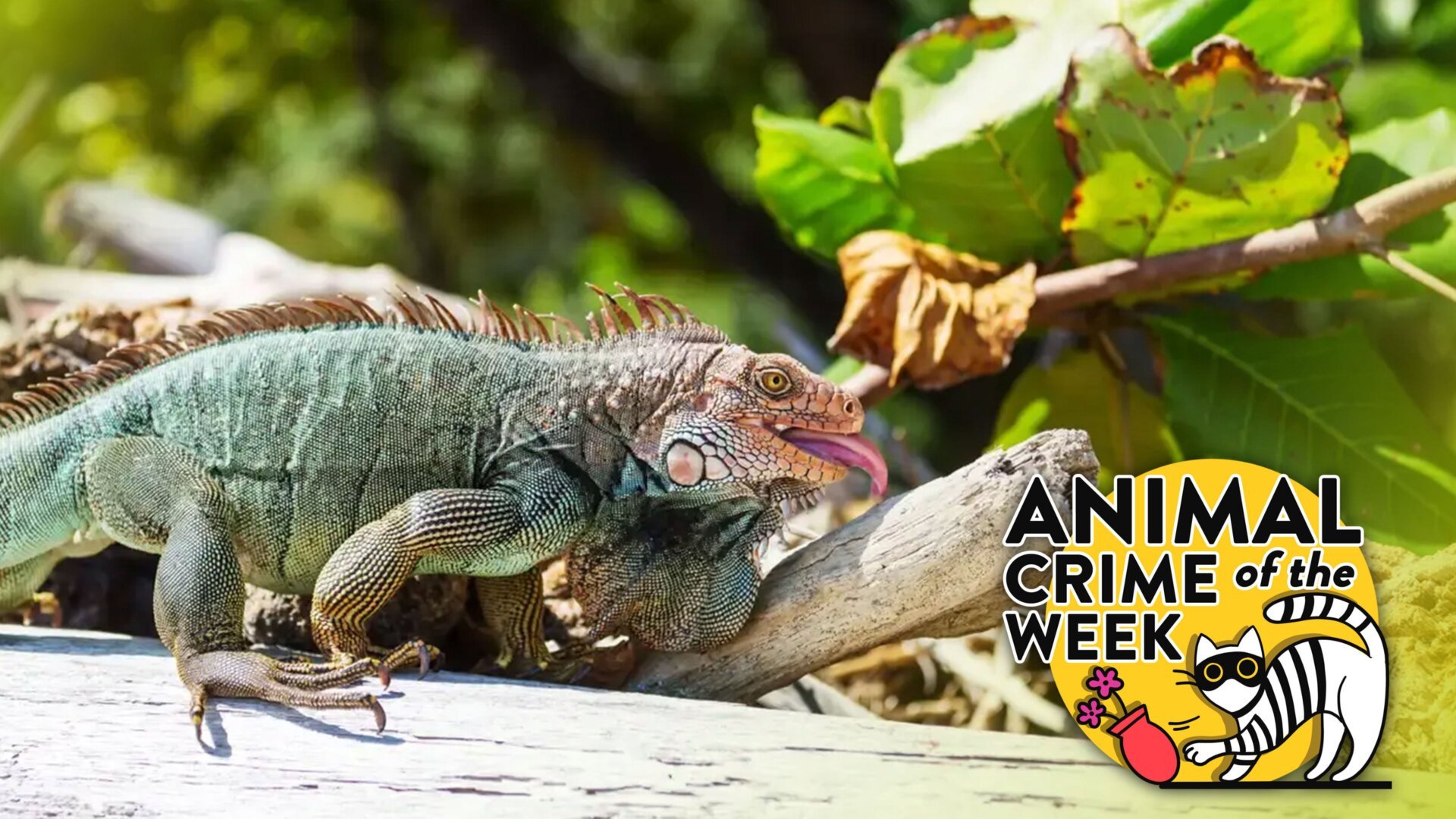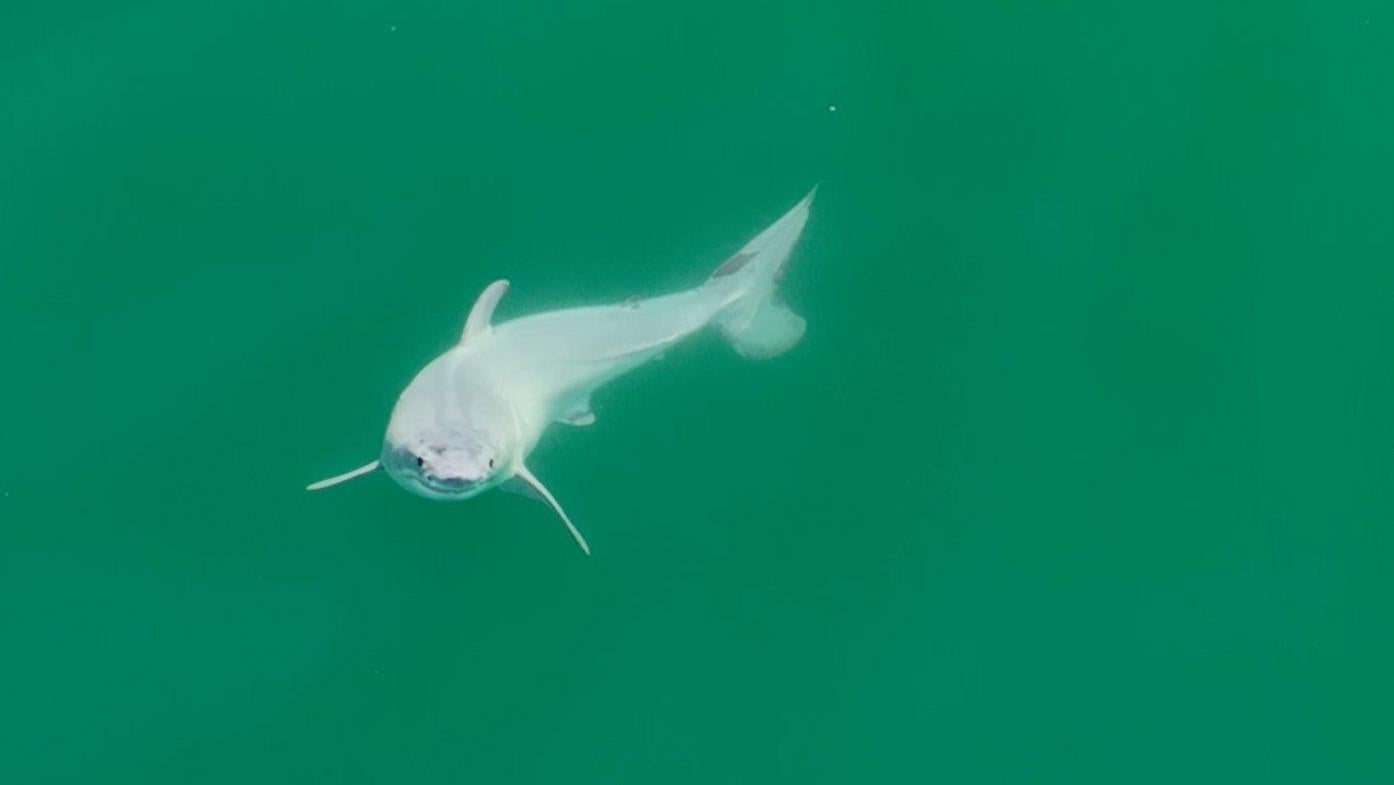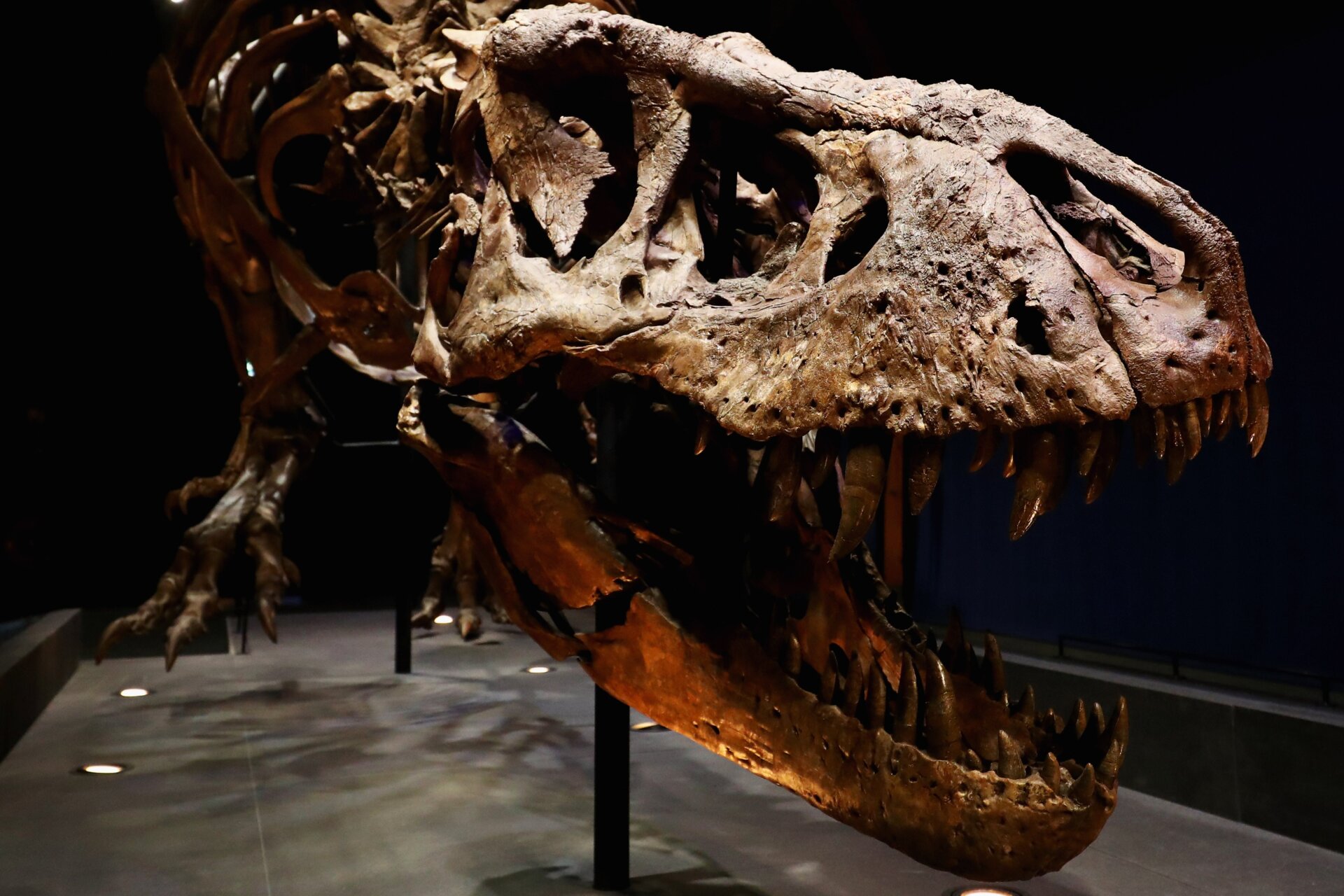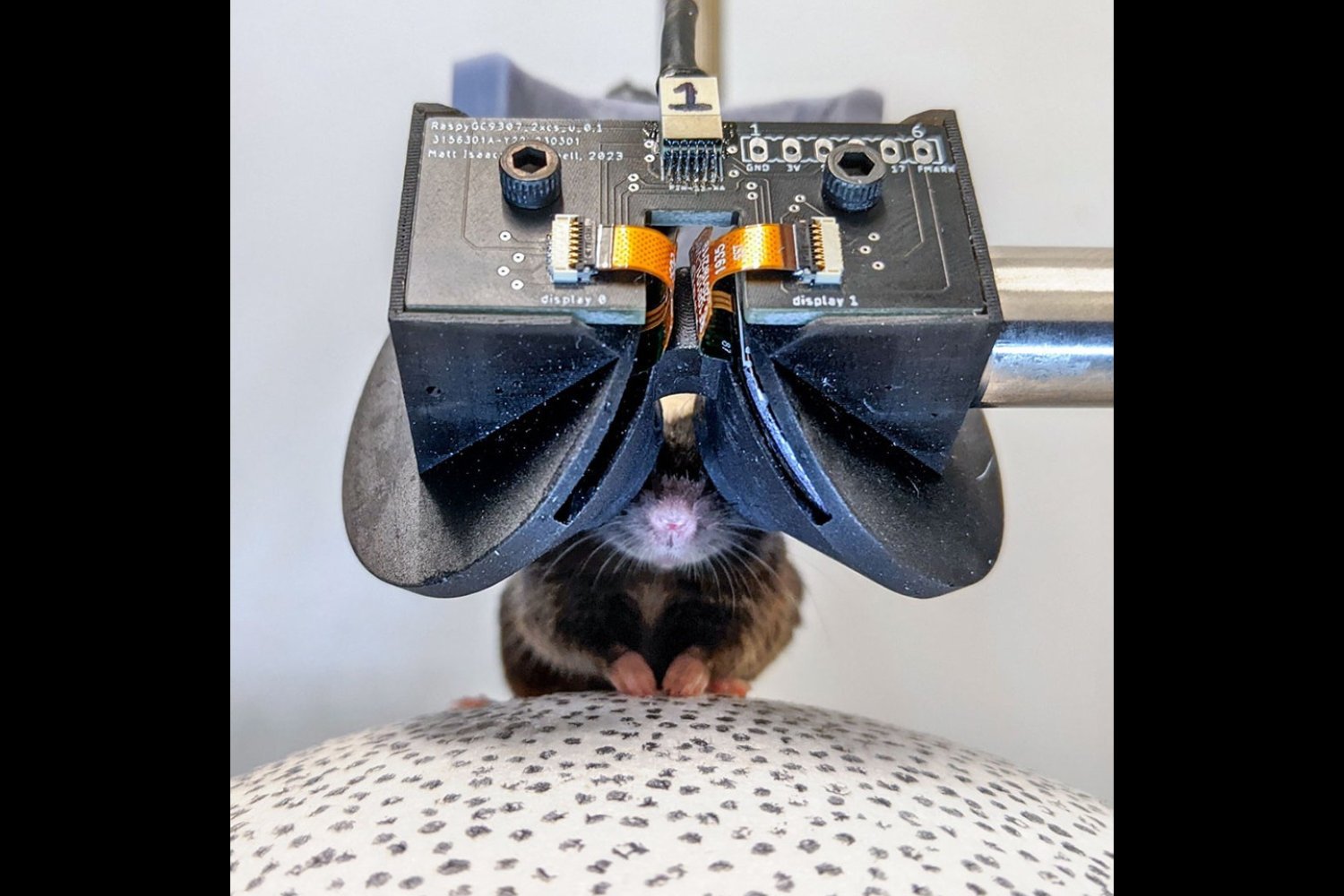Tardigrades, often affectionately called “water bears” or “moss piglets,” are microscopic invertebrates renowned for their incredible resilience. These eight-legged creatures can withstand extreme conditions that would obliterate most other life forms, from scorching heat and frigid temperatures to the vacuum of space. A key to their survival lies in their ability to enter a death-like dormancy called cryptobiosis, most notably a state known as tun. New research has shed light on a critical mechanism behind this remarkable adaptation.
Tardigrades, closely related to either arthropods or nematodes (with current evidence favoring the latter), inhabit some of the harshest environments on Earth and even beyond. When faced with adverse conditions, they retract their limbs, curl into a ball, and expel almost all their internal water, entering the tun state. This dehydrated form allows them to endure extreme temperatures, high salinity, and even the vacuum of space, remaining dormant for decades until conditions improve.
Scientists have long sought to understand the intricacies of tun formation. A recent study published in PLOS One offers a compelling explanation, suggesting that reactive oxygen species (ROS) play a crucial role in this process. ROS are unstable oxygen-containing molecules generated during the body’s natural breakdown of other molecules. While excessive ROS accumulation can contribute to health problems, they also serve vital biological functions, including cellular signaling.
The researchers discovered that in tardigrades, ROS appear to signal the oxidation of the amino acid cysteine, a process seemingly essential for tun formation. Experiments with Hypsibius exemplaris, a specific tardigrade species, revealed that inhibiting cysteine oxidation prevented the tardigrades from entering tun. This finding strongly supports the hypothesis that ROS-mediated cysteine oxidation is a key trigger for this survival mechanism.
This groundbreaking research opens up exciting new avenues for understanding tardigrade survival. While tun is a well-known survival strategy, not all tardigrade species utilize it, and other mechanisms are also at play. Further research is needed to fully unravel the complexities of tardigrade resilience.
The study, focusing on a single tardigrade species, offers a significant step forward. Leslie Hicks, a chemist at the University of North Carolina at Chapel Hill and an author of the study, acknowledged that the research doesn’t solve every mystery surrounding tardigrade survival. However, it provides a crucial starting point for future investigations into the fascinating mechanisms that allow these microscopic marvels to thrive in the face of adversity.
This new understanding of ROS involvement in tun formation provides a foundation for exploring other survival strategies employed by tardigrades. It opens the door to a deeper understanding of how these creatures endure extreme environments, paving the way for potential applications in various fields.



